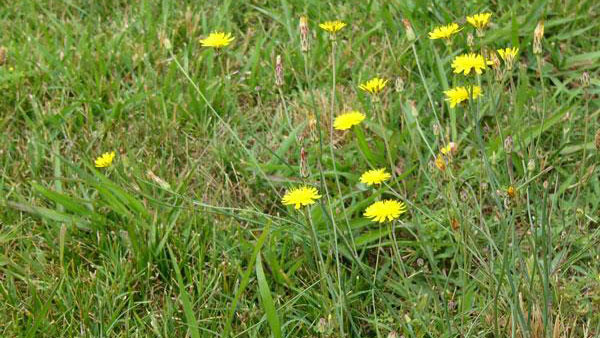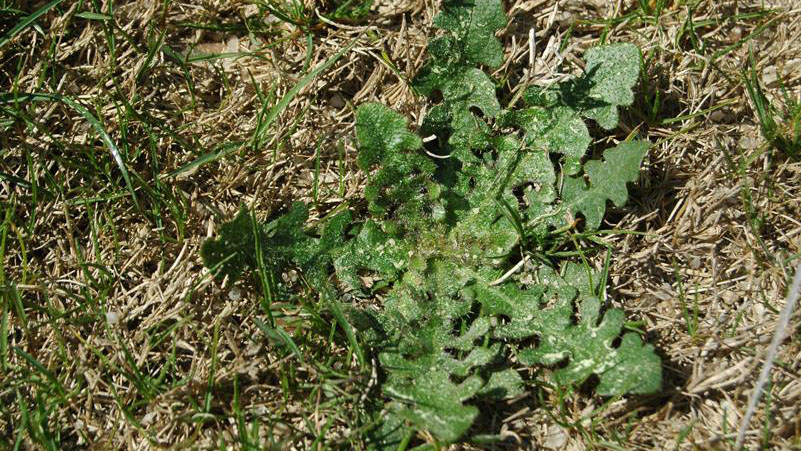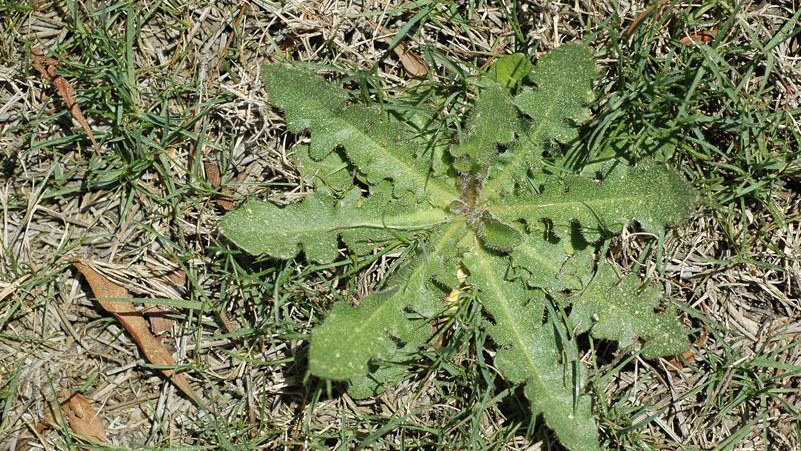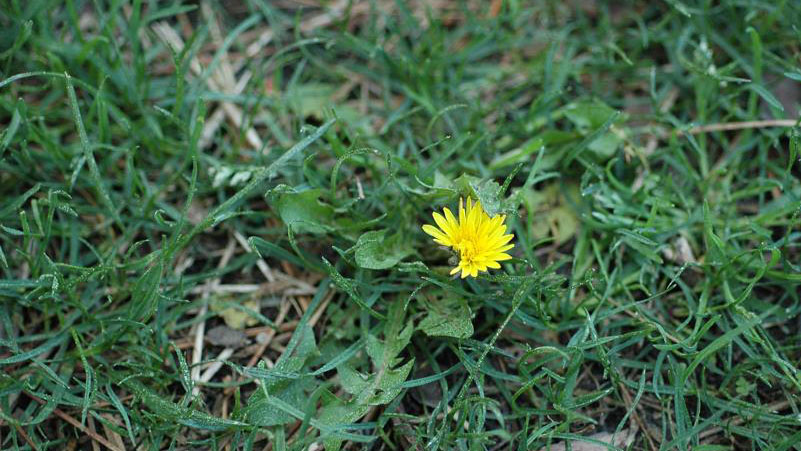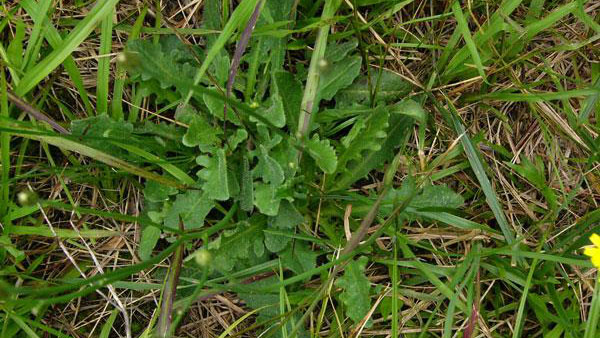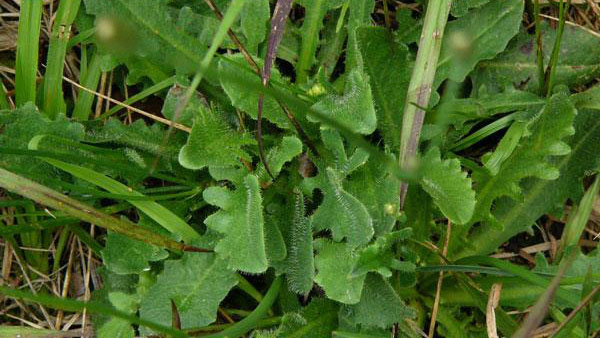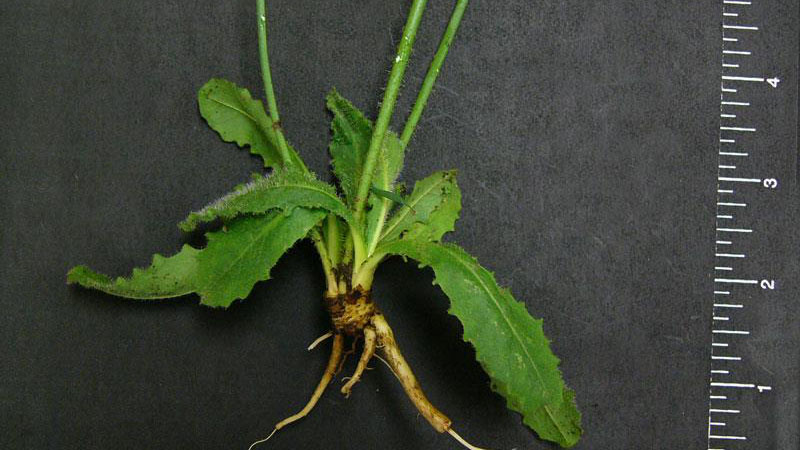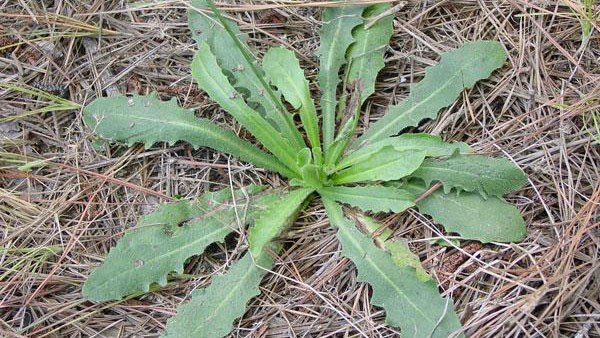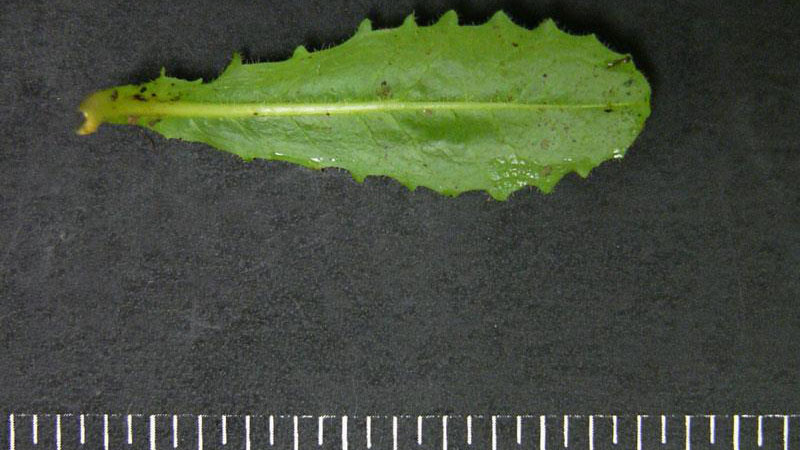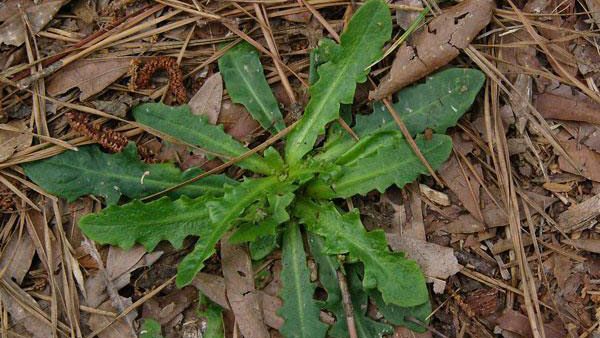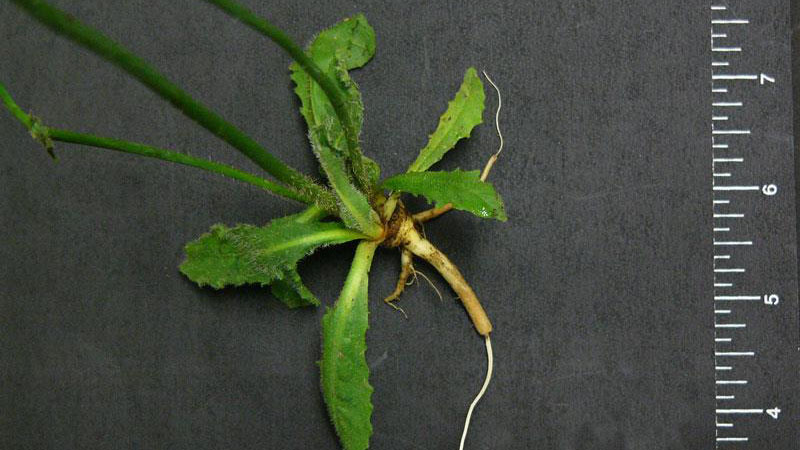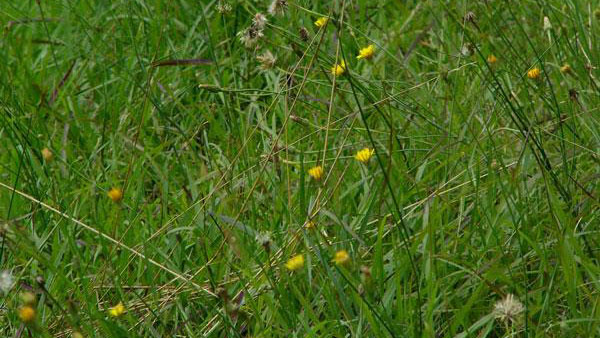Cat's Ear Dandelion
en Español / em Português
El inglés es el idioma de control de esta página. En la medida en que haya algún conflicto entre la traducción al inglés y la traducción, el inglés prevalece.
Al hacer clic en el enlace de traducción se activa un servicio de traducción gratuito para convertir la página al español. Al igual que con cualquier traducción por Internet, la conversión no es sensible al contexto y puede que no traduzca el texto en su significado original. NC State Extension no garantiza la exactitud del texto traducido. Por favor, tenga en cuenta que algunas aplicaciones y/o servicios pueden no funcionar como se espera cuando se traducen.
Português
Inglês é o idioma de controle desta página. Na medida que haja algum conflito entre o texto original em Inglês e a tradução, o Inglês prevalece.
Ao clicar no link de tradução, um serviço gratuito de tradução será ativado para converter a página para o Português. Como em qualquer tradução pela internet, a conversão não é sensivel ao contexto e pode não ocorrer a tradução para o significado orginal. O serviço de Extensão da Carolina do Norte (NC State Extension) não garante a exatidão do texto traduzido. Por favor, observe que algumas funções ou serviços podem não funcionar como esperado após a tradução.
English
English is the controlling language of this page. To the extent there is any conflict between the English text and the translation, English controls.
Clicking on the translation link activates a free translation service to convert the page to Spanish. As with any Internet translation, the conversion is not context-sensitive and may not translate the text to its original meaning. NC State Extension does not guarantee the accuracy of the translated text. Please note that some applications and/or services may not function as expected when translated.
Collapse ▲Description
Cat's ear dandelion (Hypochaeris radicata) is a perennial weed that is similar to common dandelion. It has a basal rosette of densely hairy leaves with rounded lobes. This rosette arises from a prominent taproot. If broken, the leaves and flower stalks will emit a milky white sap. Most striking are the bright yellow flowers that are borne on the ends of long stems. Common dandelion plants can be distinguished because young leaves do not have hairs, whereas cat's ear dandelion leaves have dense hairs. In addition, the leaves of common dandelion are more deeply notched than those of cat's ear dandelion. On common dandelion, the leaf notches extend almost to the midrib of each leaf.
Cultural Control
Perennial broadleaf turf weeds are capable of living more than two years. They thrive in weak, thin turf; golf fairways and roughs; home lawns; playfields; and industrial grounds. Proper turf maintenance is the key to control of this weed. First, select adapted turfgrass cultivars for your area and then properly fertilize, mow, and water to encourage dense growth.
Species Data
- GROWTH SEASON / LIFE CYCLE
- perennial weed
- GROWTH HABIT
- LEAFLET NUMBER
- one
- LEAF MARGIN
- LEAF HAIRS
- upper/lower surface; dense
Figure 13
- upper/lower surface; dense
- LEAF / LEAFLET SHAPE
- oval / egg-shaped / elliptical
- LEAF WIDTH
- 1⁄2 - 1 inch
- LEAF VENATION
- pinnate
- LEAF ARRANGEMENT
- whorled or basal rosette
- ROOT TYPE
- taproot
- FLOWER COLOR



